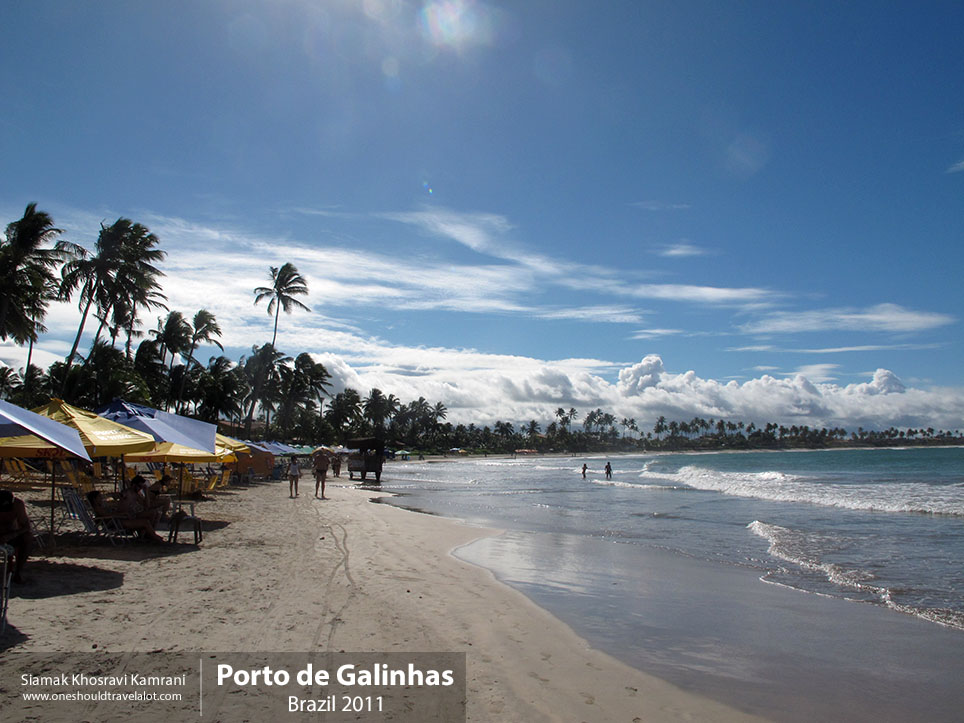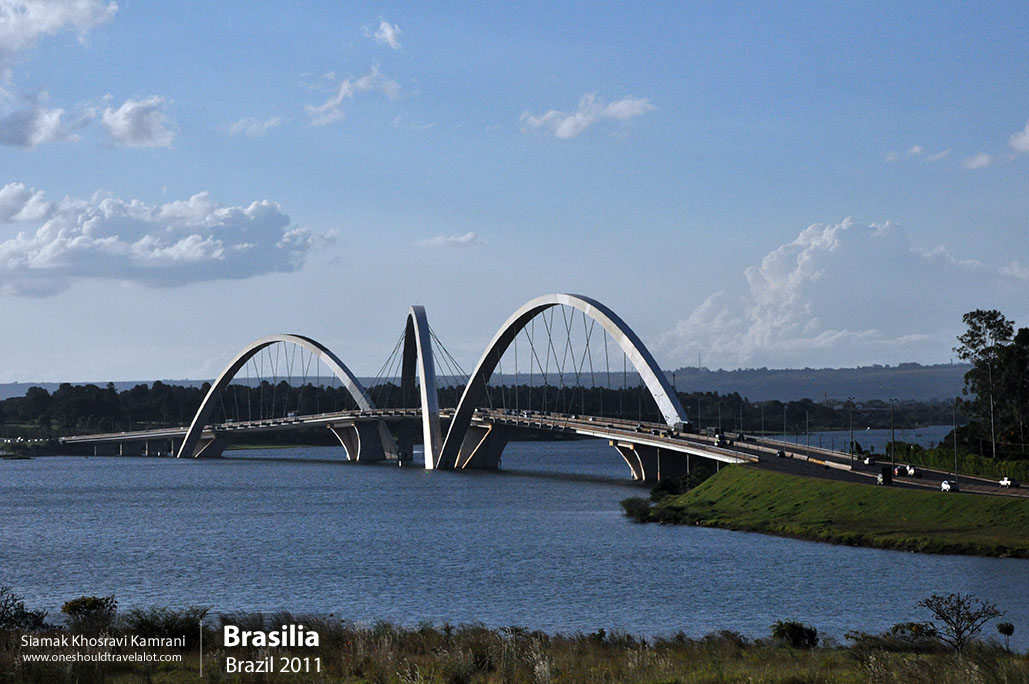Discovering the Magic of Lençóis Maranhenses, Brazil
Arrival in Lençóis Maranhenses
As the plane descended over the northeastern coast of Brazil, the view from my window was nothing short of breathtaking. I was on my way to Lençóis Maranhenses, a destination known for its sprawling sand dunes and pristine lagoons. Located in the state of Maranhão, this national park had been on my bucket list for years, and finally, I was here, camera in hand, ready to capture the essence of this unique landscape.
Upon landing in São Luís, the capital of Maranhão, I felt the humid, tropical air wrap around me. From there, it was a few hours’ drive to Barreirinhas, the gateway to Lençóis Maranhenses. As we left the city behind, the scenery changed dramatically from urban hustle to lush green landscapes dotted with small villages. The anticipation built with every mile, knowing that soon I would set foot in one of Brazil’s natural wonders.
First Impressions
Arriving in Barreirinhas, I was greeted by a quaint town with a laid-back vibe. The streets were lined with colorful houses, local shops, and restaurants. The people here were friendly, and I quickly learned that the local language is Portuguese, which added an exotic touch to the experience. Despite the language barrier, the warmth of the locals made me feel right at home.
The standard of living here seemed modest compared to the bustling cities of Brazil, but there was a charm in the simplicity of life. The community was tightly knit, and there was a palpable sense of pride in their unique surroundings. As I explored the town, I noticed the diversity of ethnicities, a testament to Brazil’s rich cultural tapestry.
The Journey to the Dunes
The next morning, I embarked on my first adventure into the national park. The journey started with a thrilling 4×4 ride through sandy trails and shallow rivers. Our guide, a local named João, was full of stories about the region’s history and folklore. He explained that Lençóis Maranhenses means “Bedsheets of Maranhão,” named for the way the sand dunes resemble billowing sheets.
As we approached the dunes, the landscape transformed into a surreal sea of white sand, stretching as far as the eye could see. It felt like stepping onto another planet. The sand was incredibly fine and soft underfoot, and the contrast against the deep blue sky was striking. João mentioned that these dunes are formed by wind and water, creating a dynamic environment that changes with the seasons.
Capturing the Landscapes
With my camera ready, I began exploring this natural wonderland. The lagoons, which fill with rainwater during the rainy season from January to June, were mesmerizing. These crystal-clear pools, nestled between the dunes, ranged in color from turquoise to emerald. Each lagoon had its own unique shape and size, offering endless photographic opportunities.
One of the most stunning sights was Lagoa Bonita. As I climbed to the top of a towering dune, the panoramic view took my breath away. The lagoon below sparkled in the sunlight, and the surrounding dunes cast long shadows, creating a play of light and texture. It was a moment that truly encapsulated the beauty of Lençóis Maranhenses.
Immersing in Local Culture
After a day of photographing the dunes, I returned to Barreirinhas to immerse myself in the local culture. The town’s evenings were lively, with music and dance filling the air. I stumbled upon a traditional Forró dance event, a popular genre of music and dance in northeastern Brazil. The upbeat rhythm and energetic movements were infectious, and I couldn’t resist joining in.
The local cuisine was another highlight of my visit. I savored dishes like arroz de cuxá, a rice dish made with a unique local herb called vinagreira, and freshly caught seafood. The flavors were rich and diverse, reflecting the region’s blend of indigenous, African, and Portuguese influences.
Exploring the Surrounding Villages
To get a deeper understanding of the area’s culture, I visited nearby villages like Atins and Santo Amaro. These small communities, nestled between the dunes and the coast, offered a glimpse into the traditional way of life. The villagers were incredibly welcoming, eager to share their stories and traditions.
In Atins, I met a group of fishermen who demonstrated their age-old fishing techniques. Using handmade nets and simple boats, they navigated the waters with skill and precision. It was a humbling experience, witnessing their deep connection to the land and sea.
The Unique Flora and Fauna
Lençóis Maranhenses is not just about sand and water; it is also home to a variety of flora and fauna. Despite the harsh conditions, life thrives in this environment. João pointed out several species of birds, including the rare scarlet ibis, which adds a splash of color to the landscape. In the lagoons, I spotted small fish and even a few turtles.
The vegetation here is sparse but resilient. Small shrubs and grasses dot the dunes, adapted to survive in the shifting sands. The resilience of life in such a challenging environment was inspiring and added another layer of beauty to this already stunning place.
Reflections on Lençóis Maranhenses
As my time in Lençóis Maranhenses came to an end, I reflected on the incredible journey. This place, with its otherworldly landscapes and rich cultural heritage, had left an indelible mark on me. The photographs I captured were not just images of sand and water; they were stories of a land that is constantly evolving, shaped by the forces of nature and the spirit of its people.
The standard of living in Barreirinhas and the surrounding villages may be simple, but there is a richness in their way of life that is hard to find elsewhere. The community’s connection to their environment and their traditions is something that we, in our fast-paced modern world, can learn a lot from.
Practical Tips for Visiting Lençóis Maranhenses
When to Visit: The best time to visit is from July to September when the lagoons are full, and the weather is pleasant.
Getting There: Fly into São Luís and take a bus or car to Barreirinhas. From there, guided tours are available to explore the park.
Where to Stay: Barreirinhas offers a range of accommodations, from budget hostels to boutique hotels. For a more rustic experience, consider staying in a guesthouse in Atins or Santo Amaro.
What to Bring: Pack light, breathable clothing, a hat, sunglasses, sunscreen, and plenty of water. Don’t forget your camera to capture the stunning scenery.
Local Customs: Embrace the local culture by learning a few basic Portuguese phrases. Respect the environment by following the Leave No Trace principles.



